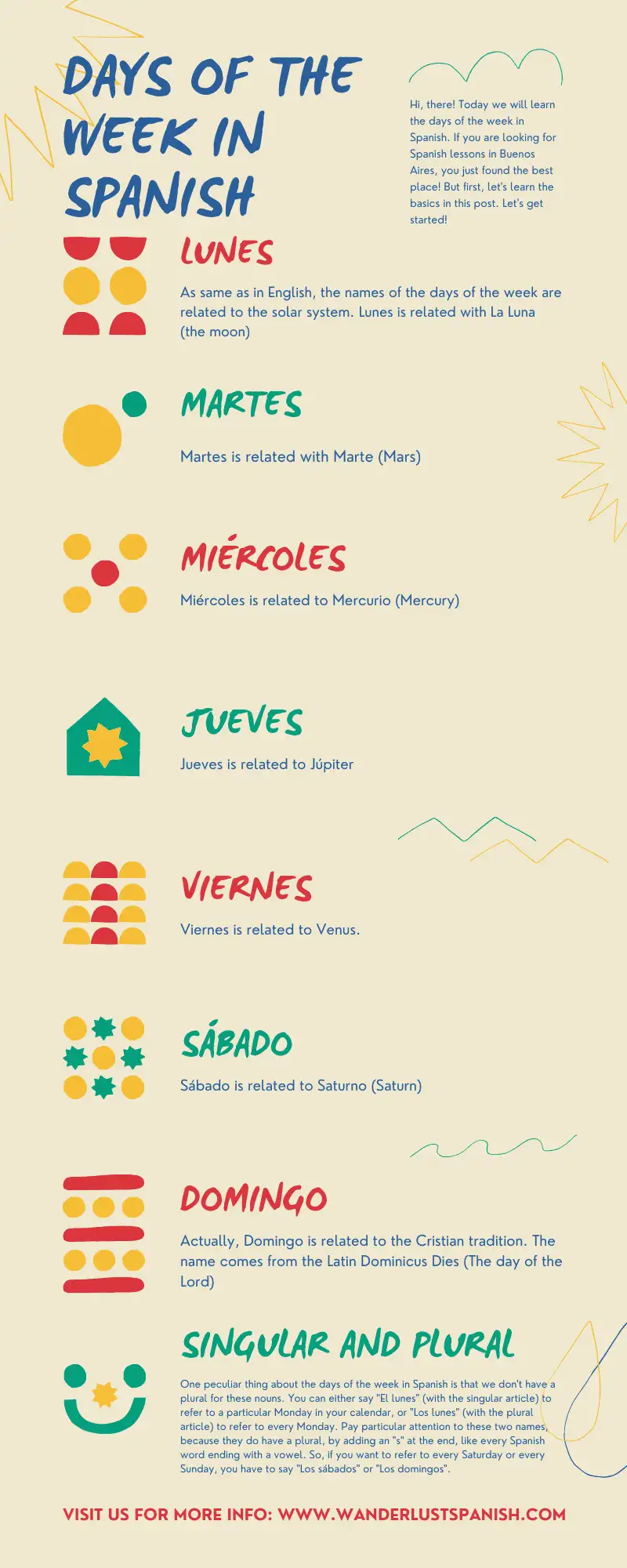Monuments and emblematic places that maintain their validity and appearance over the years.
Iglesia de Nuestra Señora de la Asunción
Contents
Inaugurated in 1582, it is considered the oldest colonial construction in Argentina. For this reason, the Cathedral of the city of Córdoba was declared a National Historic Monument. It has an interior with wood carvings and gold leaf gilt and valuable structures.
The Cathedral contained a treasure with pieces of silver and gold, as well as jewels donated by the faithful in many of its more than 400 years of life. A significant part of these values was looted at the end of the 20th century.
El Cabildo de Salta
The Cabildo de Salta is one of the best-preserved colonial buildings in the country, despite the fact that much of it was demolished during the first two decades of the 20th century. The building was a town hall, prison, police headquarters, and government house until 1880.
It was born as a simple construction, made of adobe, with two floors and an arch of wooden columns. It had no tower. For 1789 began the reform that gave it the current appearance. An independent tower was built for it because the original walls did not support as much weight.
Cabildo de Buenos Aires
In front of the historic Plaza de Mayo we find the Cabildo of the City of Buenos Aires. This Cabildo had several facets before being a historical center and even a learning center for the students of the different schools who usually go to see it.
Among various transformations that it underwent over the years, they reduced it twice, built another tower, demolished it, rebuilt it smaller, invented a quiet part of the building, and even built a fictitious “colonial-style” patio.
Its construction began in 1725 under the responsibility of the Jesuit Giovanni Andrea Bianchi. One hundred years later, the architect Pedro Benoit built a tower 10 meters higher.
La Basílica de San Francisco de Padua
The small Church of San Francisco de Padua (1691), in Uquia, 115 kilometers from San Salvador de Jujuy, is a classic representative of the architecture of the Argentine Northwest.
It has wide adobe-based walls, a separate tower from the main building, and a 12th-century main altar carved in wood and gilded. The church was declared a National Historic Monument in 1941.
La Casa de Tucumán
It is probably one of the most important monuments in Argentina. In that place, on July 9, 1816, Independence from the Spanish crown was proclaimed.
The house was abandoned for a long time and about to be demolished. Then, in the 1940s, it began to be reconstructed to give it a historical meaning. However, only a few bricks of the original design remained; the rest were rearmed based on an iconic photo from that moment.
In 1816, and to gather Congress, the patriot government got the house of the Bazán Laguna family, which at that time was rented as a barracks, war warehouse and provincial customs house.
Fifty-eight years later, the national State bought the house and remodeled it to become a Post Office Building and Federal Courthouse. The oath room was miraculously saved. In his second presidency, Julio Argentino Roca decided to demolish all the colonial buildings that remained. By 1942, the Casa de Tucumán was declared a Historical Monument and it was decided to rebuild it as it was almost 130 years before.

El Palacio de Aguas Corrientes
A very significant place for the residents of the City of Buenos Aires. Probably, many consider it the most beautiful building in Buenos Aires. Behind the colorful block of Riobamba, Córdoba, Ayacucho and Viamonte, hides the first Great Distributing Deposit of drinking water that the Federal Capital had.
The facade is clad with 130,000 glazed bricks and 300,000 ceramic pieces imported from Belgium and England. A great National Shield dominates in front of the Palace on Córdoba avenue, surrounded by fourteen flags, a direct allusion to the historical provinces.
La Catedral de La Plata
It is one of the largest in America and one of the largest churches in the world. It was a work that finished only in 1999 and began with the first foundation stone in 1884.
The Cathedral of La Plata was inspired by the cathedrals of Amiens (France) and Cologne (Germany) but it was not made of stone like the originals: it was built of steel, reinforced concrete and bricks.
According to the author of the cathedral, the Frenchman Pedro Benoit, the neo-Gothic style he used was the one indicated for being “fundamentally Christian”.
El Congreso de la Nación
The bicameral space where, in addition to sanctioning the laws of the Nation, the hottest political and media battles are also fought. For its construction, 28 projects were presented: the winner was that of the Italians Giuseppe Sommaruga, Vittorio Meano and Guglielmo Calderini.
The work began in 1896. Three years after it began, incredibly it had already consumed almost the entire original budget. In the first decade of construction, the budget was increased several times.
On July 1, 1904, Meano was murdered by his wife’s lover, and the job lost its main performer. The works concluded in 1947 with the placement of the cladding on the façade facing Combate de los Pozos street.
The building has 600 linear meters of façade by 28 meters high. The basement is covered with gray granite from Colonia (Uruguay). The upper part has limestone from Córdoba. By operation, it is one of the works that has permanent care and spare parts.
La Casa Rosada
Another infrastructure as a synonym of power in Argentina. Facing the Plaza de Mayo, the Government House was born from the merger of a Post Office building and another built on the old Viceroy’s Residence. Actually, it was made from three constructions and four different architects.
To give it a definitive shape, at the end of the 19th century the building reformed its style and the pink color gave it unity.
Domingo Faustino Sarmiento was the one who defined the color. While Julio Argentino Roca commissioned the expansion of the government headquarters with a front that would be similar to the Palacio de Correos. Then, the architects built the huge arch that today contains the public entrance, so the buildings ended up being unified.

El Casino de Mar del Plata
It has a conservative origin and today is a fundamental pillar in the summer life of Argentines. The Casino and the Provincial Hotel of Mar del Plata, next to the Rambla, were designed by the architect Alejandro Bustillo for the government of Manuel Fresco.
These are two large, almost identical buildings planted that follow the coastline, separated by a dry square and joined by a pedestrian esplanade elevated above sea level.
In 1950, regulations were created so that the new neighboring buildings would maintain their imprint, with their recesses with lowered arches, brick and stone walls.
El edificio de Obras Públicas
The Public Works (MOP) building was part of a whole chain of administrative buildings that were to be built along the future North-South Avenue, today known as 9 de Julio.
There was also a project to confront the MOP with a twin from the other side of the avenue. It has the image of Eva Perón on its façade, a face that also usually surprises foreign tourists. Currently it is the headquarters of two ministries: Health and Social Development. And it is also imposed as a reference for protests from socially more neglected sectors.
Llao Llao Hotel in Bariloche
This is one of the hotels that manages to combine the style and perfection of the landscape of Río Negro, located in the area of Puerto Pañuelo, on a hill between the Nahuel Huapi and Moreno lakes.
The original building was a Norman-style construction designed by the architect Alejandro Bustillo, brother of the first president of the Directorate of National Parks who decided that he would not charge for the design and execution of the project. Inaugurated in 1938, after a fire it was rebuilt in 1940, according to the guidelines of the original project.








